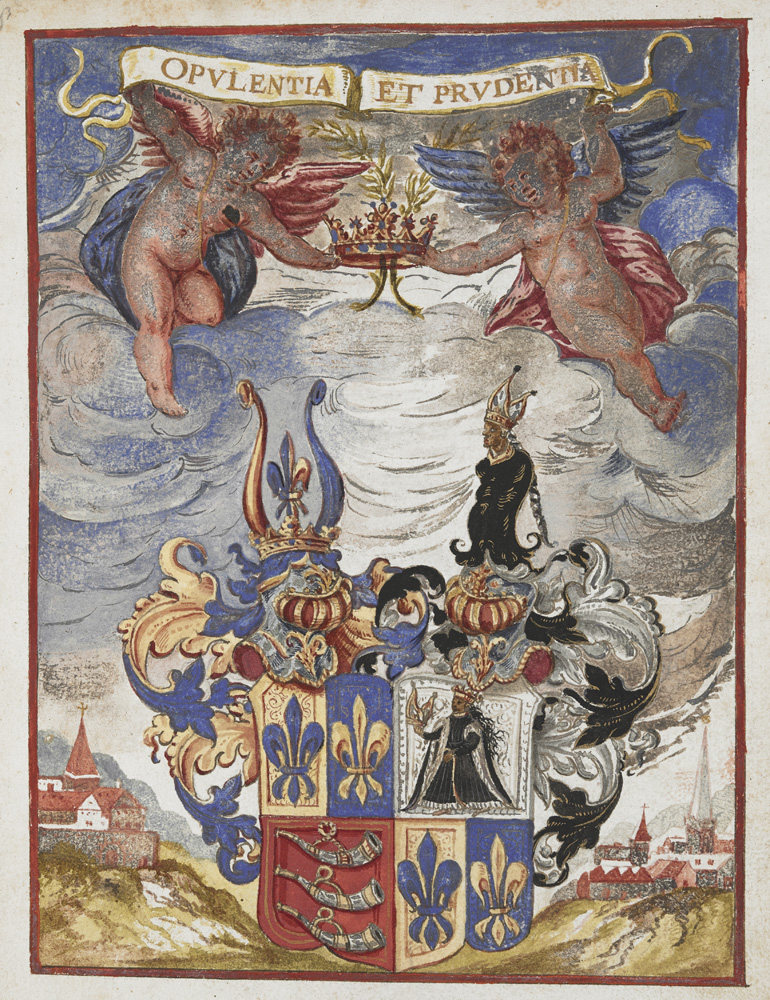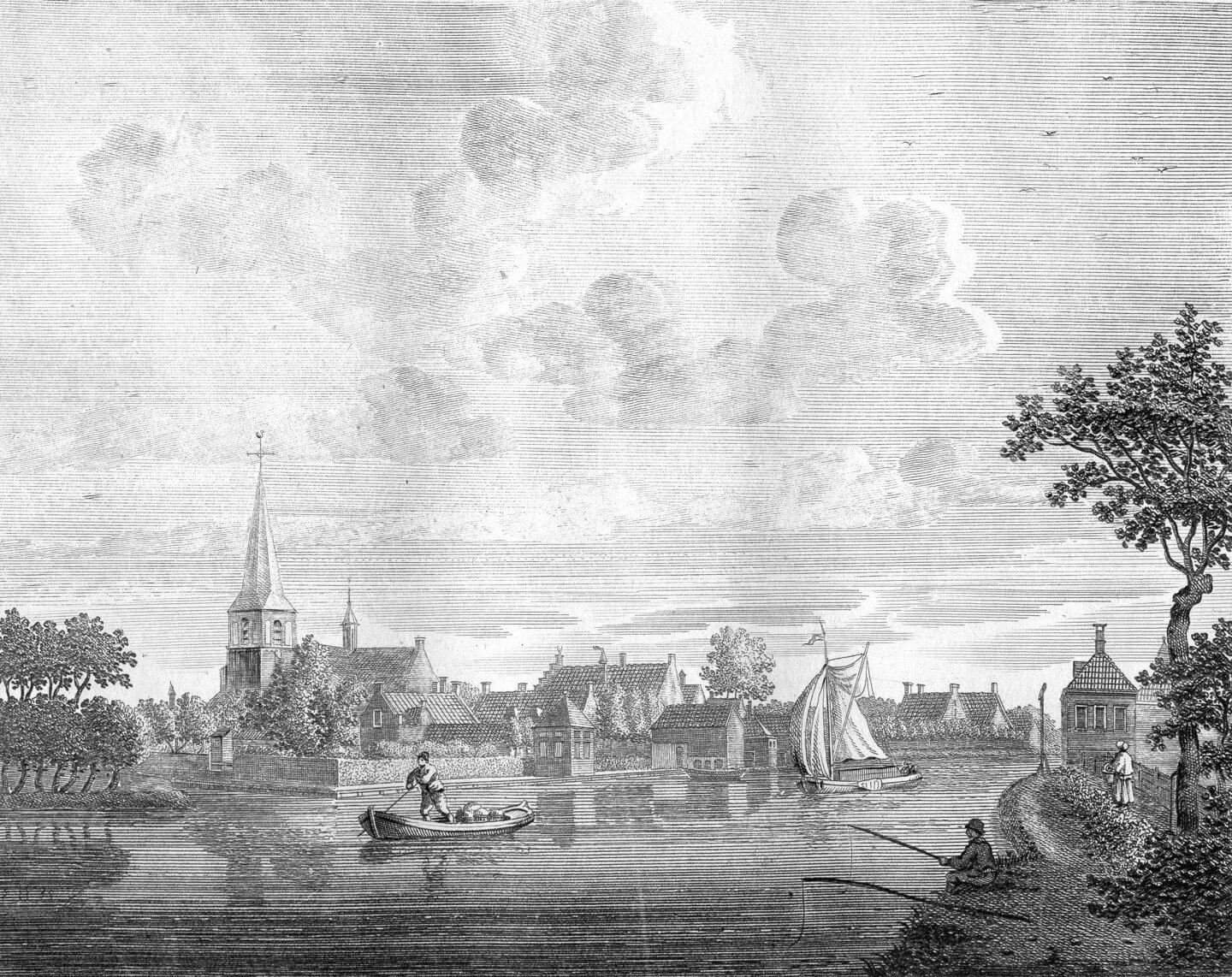Dominicus Custos IV

Dominicus Custos grew up with nine brothers and sisters and was probably trained as an engraver in his father's workshop from an early age. After finishing his apprenticeship, he left at the age of about 21, presumably to go on an educational trip. According to the current prevailing opinion, he settled in Augsburg towards the end of the 1570s, where he built up an internationally renowned workshop with an attached publishing house over the years.
In the course of research for this volume, however, a completely different picture emerged. Custos created his first known work in Innsbruck for Ferdinand II of Tyrol, who, as an enthusiastic collector of art and curiosities, assembled, among other things, an extensive historical collection of weapons and armor of famous men of the 15th and 16th centuries. Ferdinand decided to publish this collection in a large-scale printed work entitled "Armamentarium Heroicum" for which he chose Dominicus Custos as his engraver. In 1682 the first engraving was made, the frontispiece, produced by Custos after a design by the Innsbruck court painter Giovanni Battista Fontana. Having made this first documented print Custos probably went to Padua and Venice for about two years, and together with Fontana also to Trento, a town which was then governed by Tyrolia and Venice as a condominium. The second known work by Custos, the portrait of Christophorus Ferriolus shown here, was published in Venice in 1584. The portrait is part of a congratulatory sheet on the successful completion of the study of medicine at the University of Padua. The dedication text was written by Georg Rem, a member of the prosperous and internationally connected trading house Rem in Augsburg.
In 1586/87 Custos was again in Innsbruck, where he created portraits of Ferdinand and his surroundings in addition to his work on the Armamentarium Heroicum. Only in 1588 Dominicus Custos decided to take up permanent residence in Augsburg. After the goldsmith Bartholomäus Kilian had died, Dominicus Custos took the opportunity to run his own workshop by marrying the widow Maria Pfeiffelmann on 25 September 1588. In a proof of marital birth, which he had to present to the city council, also mentioned were the names of his brothers and sisters. "Jeronimo, Dominico, Tobias, Petro, David, Joanne Baptista, Raphael, Anna, Susanna, et Sara custodis, quos vulgo | vocamus baltens oes Legittimae proles predictij q: Petri Custodis alias baltens, quoru mater erat Clara de craen..." From now on, Custos can be found regularly in the Augsburg sources. He built up a flourishing workshop, in which he trained his two stepsons Lucas and Wolfgang Kilian, who themselves became outstanding engravers. For some years even his younger brother Raphael joined the team, before he finally founded his own workshop in Augsburg..
Large portrait works of high quality are certainly the best known and most sought-after publications made by the Custos workshop. The „Armamentarium Heroicum“ was not to be published until 1601, almost 20 years after the first preparations. The rich portrait book "Fuggerrorum et Fuggerarum" was created for the Fugger family, and on his own Custos published the multi-volume "Atrium Heroicum". Despite his focus on portraits, the workshop cannot be reduced to that genre. Title pages, topographical views, architecture, sieges, maps, illustrated single-sheet prints, genealogical family trees, religious depictions, ornamental engravings, even such rare and curious works as a set of spiritual playing cards and a series of caricatures after François Rabelais can be found in the oeuvre of Dominicus Custos.
In addition to his extensive activities as an engraver and publisher, Dominicus Custos, was the founder of a dynasty of engravers, which over many generations until the end of the 18th century repeatedly generated important and successful artists, thus standing out as was one of the key figures in Augsburg's history of printmaking.
Published in 2022
Compiler: Jörg Diefenbacher
Editor: Eckhard Leuschner
ISBN: 978-94-91539-88-6
248 pp.

